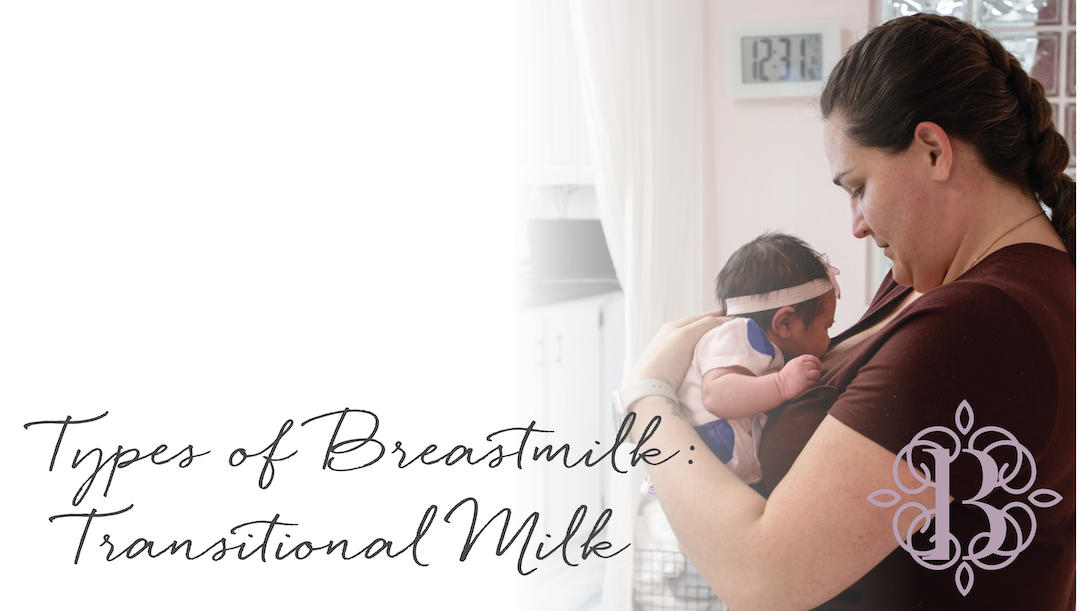There is a lot more to know about breastmilk than that it’s the milk you feed your baby. There are a few types of breastmilk like colostrum, transitional milk, and established milk.
What is transitional milk?
As you start to produce milk after your baby’s birth, the first kind of milk that you produce is colostrum. Colostrum production lasts for about 2-5 days, after this, you start producing mature breast milk.
As you gradually transition from colostrum to mature breast milk, the mixture of colostrum and mature breast milk is known as transitional milk. You produce this type of milk for up to 2 weeks until you fully switch to producing mature breast milk.
How do I know when it changes to transitional milk from colostrum?
You may notice your breasts becoming more tender, warm, and fuller as you start producing transitional milk.
Your milk will also change in color and consistency. As colostrum is yellowish and watery, transitional milk is bluish-white and slightly thicker.
What are the benefits of transitional milk?
The transition from colostrum to mature breast milk is important to acclimatize the baby to the different consistency and components of the milk. As the milk gradually changes to adapt to your baby’s needs, your baby’s system gets used to the new formulation.
This type of milk helps this transition happen smoothly without overwhelming your baby’s gut. It also has some components of colostrum which contain nutrients essential for your baby’s health and gut support.
When does it become mature milk?
Transitional milk turns into mature milk by 2 weeks postpartum. It can happen much earlier if you feed properly and more often.
When it does, you’ll notice the milk becomes thinner in consistency and whiter in color.
Should you have any more questions regarding breast milk or breastfeeding, feel free to give us a call, ask your healthcare provider during your postpartum visits, or speak to a lactation expert for more assistance!

